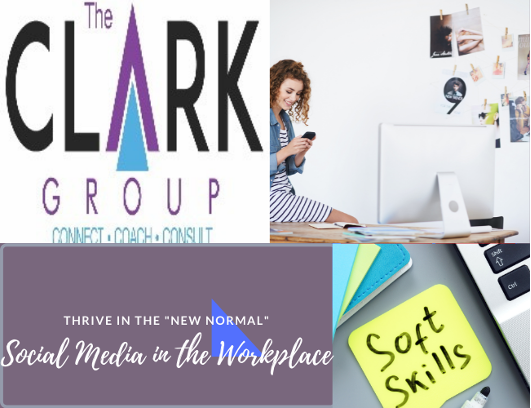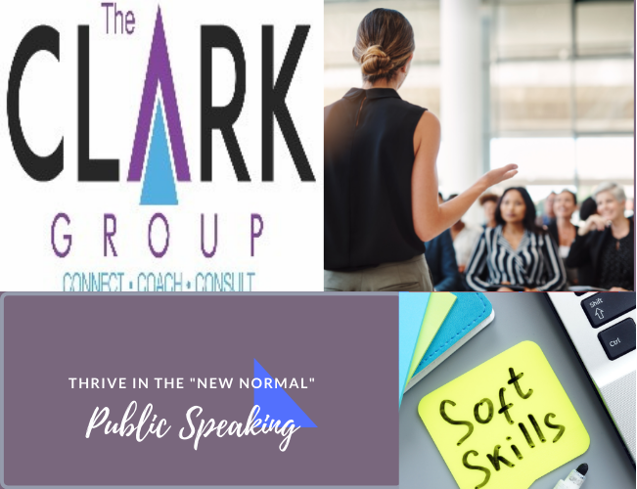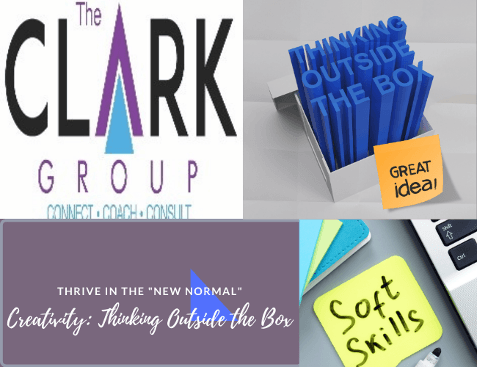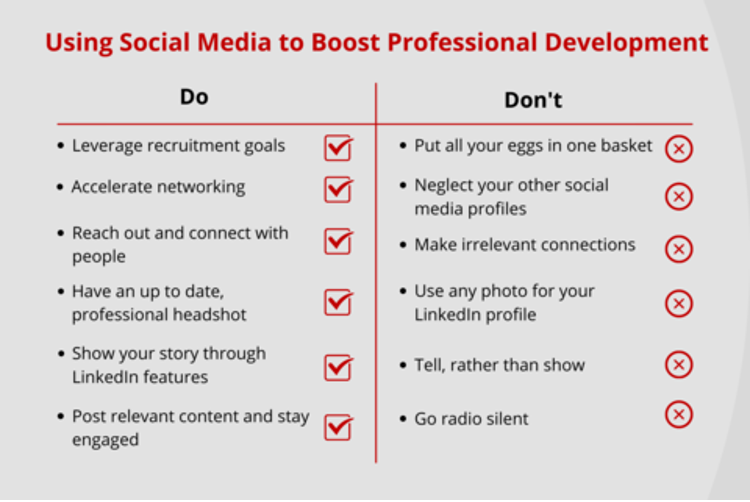Using Social Media to Boost your Professional Development: Dos and Don’ts

Using Social Media to Boost your Professional Development: Dos and Don’ts
Now more than ever, it has never been more important to use the internet to work on your professional development. The power of social media has made it possible to network and recruit with just a few taps on a smart phone. It has never been easier to display your personal brand to millions of people.
But how do we leverage this? Below is our top 5 Dos and Don’ts for using social media to boost your professional development.
DO: LEVERAGE YOUR RECRUITMENT GOALS WITH SOCIAL MEDIA.
Did you know that it is becoming more and more common for people to seek out job opportunities on social media? It’s called social recruiting or social hiring, and its effectiveness is proven when you look at the numbers for LinkedIn.
· 40 million people use LinkedIn to search for jobs every week.
· Three people are hired every minute on LinkedIn.
· There are over 15 million open jobs on LinkedIn Jobs
With over 750 million users and that number growing every day, LinkedIn has changed the way companies hire and recruit. And with the younger generations entering the workforce, it is even more prevalent. In a 2019 survey, 35% of respondents said they research job openings via social media, and 41% of young respondents said social media was the way they were most likely to search for a job. Using this platform ensures there is an optimum number of eyes on your job postings that are relevant to your industry.
DON’T: PUT ALL YOUR EGGS IN ONE BASKET.
While LinkedIn is a solid and obvious choice for recruiting, it is important we don’t lose sight of the capabilities other social media platforms have for hiring and recruiting. Facebook’s relatively new job posting feature allows you to easily post job openings for free. With 2.8 billion users, Facebook allows you to cast an extremely wide net.
Beyond that, creating traditional social media posts sharing that your company is hiring can target people that already take interest in your brand which can generate quality leads who are passionate about your industry. Furthermore, sharing job postings on your organization’s social media pages shows growth and allows you to demonstrate your success through sharing that you are expanding your team.
DO: ACCELERATE YOUR NETWORKING CAPABILITIES WITH LINKEDIN.
We are living in an exceptional time, and a global pandemic does not make networking easy. Luckily, social media equips us to connect with people in your industry from all over the world.
Search key terms from your industry to find relevant information and connections. Having a presence on LinkedIn is an easy and effective way to show your skills to the right people and maintain your professional image. Your LinkedIn profile serves as an electronic resume and business card you can use to make meaningful connections.
DON’T: NEGLECT YOUR OTHER SOCIAL MEDIA PROFILES WHEN CONSIDERING PROFESSIONAL DEVELOPMENT.
While LinkedIn gives you a more natural opportunity to show your professional image, your other social media profiles might be a different story. While it may be tempting to wipe your whole Facebook profile or delete your Instagram account, that really isn’t necessary. What is important is keeping a clean, professional image across your social media profiles.
Social media screenings are becoming more and more common for a variety of reasons, just look at the numbers from this CareerBuilder study:
· 58% of employers do social screenings seeking information that supports a candidate's qualifications for the job.
· 50% of employers are ensuring candidate has a professional online persona.
· 34% of employers search for what other people are posting about the candidate.
· 24% of employers search for reasons not to hire someone.
While some employers are looking for red flags through social media screening, it is important to also focus on the opportunities for you to demonstrate your qualifications, professional image, and soft skills like creativity. Take some time every few months and perform your own personal social media screening. What would people find and what does it say about your personal brand?
DO: REACH OUT AND CONNECT WITH PEOPLE.
Make sure to invite people you have met or contacted in a professional context to connect on LinkedIn. This could be from networking events, consultation work, clients/customers (or potential ones), or even informational interviews. You should invite them to connect shortly after meeting while the interaction is fresh in everyone’s mind. Another opportunity for making connections on LinkedIn is former alum from your post secondary education. These can be meaningful connections as your fellow graduates are likely to be at a similar stage in their career path and have insight on your industry.
DON’T: CONNECT WITH PEOPLE WHO AREN’T RELEVANT TO YOUR INDUSTRY.
While it may feel tempting to want to hit that 500+ connection status, remember – when it comes to connections, quality over quantity is crucial. Try to focus on connecting with people whom you can either learn from or mutually benefit from, whether through hiring, consulting, or educational opportunities. This keeps your LinkedIn profile from getting cluttered and allows you to focus in on what matters.
DO: HAVE AN UP TO DATE, PROFESSIONAL HEADSHOT.
Your LinkedIn profile photo is an excellent opportunity to demonstrate your personal brand. It is important to make it count. LinkedIn profiles with professional headshots get about 14 times more profile views and are 36 times more likely to receive a message. Many networking or professional development events allows for opportunities to get professional headshots done, be sure to take advantage of these, or consider hiring a corporate photographer for you and your team to get new headshots. You can also ask a colleague to take a photo of you in your work attire in or outside of your workplace. Your headshot should give the essence of professionalism and approachability.
DON’T: USE ANY PHOTO FOR YOUR LINKEDIN PROFILE.
While profile pictures for all of your social media accounts should reflect your personal brand, your profile picture for LinkedIn should be held to a high standard for professionalism. Avoid using selfies or intense filters that distract from your profile as a whole. To avoid confusion, use a photo of just you (no group photos). Furthermore, make sure your photo is recent - the last few years or so is reasonable.
DO: SHOW YOUR STORY THROUGH HEADLINES, SUMMARIES, AND EXPERIENCE FEATURES.
LinkedIn provides many opportunities to share your professional background and what you have to offer. Take advantage of this by making the most of the following:
· Headlines – This is shown underneath your name and is one of the first things people read when viewing your profile. Like an email subject line, your headline needs to be brief but impactful. Use it to describe your role, your industry, your vision, and/or what you are looking for on LinkedIn.
· Summary – Your summary is a longer form component of your profile that should show more of your personality and describe your background in more detail. When writing your summary, start with an attention-grabbing opener and utilize key terms from your industry and specialties to attract quality connections.
· Experience – This is the part of your LinkedIn profile that highlights your specific work experience in more detail. Highlight the companies you have experience with and the roles you took on. You should also describe the tasks each role entailed using key words from your industry.
These components of your profile show who you are as a professional and can impact the quality of the connections you attract. Investing time in them will help you stand out and boost your credibility.
DON’T: TELL, RATHER THAN SHOW.
Your LinkedIn profile is not designed be a copy and paste version of your resume, and designing it to pull people in will take time and effort. While it may be tempting to simply plug in your job title and previous roles, it is important to dig deeper. By providing specific details of your professional background, your specializations, and your overall mission and vision, you will better attract mutually beneficial connections.
DO: POST RELEVANT CONTENT AND STAY ACTIVE WITH CONSISTENT POSTS AND ENGAGEMENT.
Being active and engaged on LinkedIn leads to meaningful connections and advancements in your professional development. You can do this in a variety of ways. Search and follow terms in your industry (for example, we follow hashtags like #corporatetraining or #elearning). Engage by liking, sharing, or even commenting your thoughts to start conversations. You can also post your own content. When creating LinkedIn posts, think of what will attract the connections you want to get. Speak out on trends in your profession or industry, and ask your followers to share their thoughts to start meaningful conversations with potential contacts.
DON’T: GO RADIO SILENT
We have all done it: let our social media profiles go to the wayside. This can make for long gaps of inactivity. While you don’t have to feel glued to your profile, consistency is crucial. Investing even just a few minutes every week into engaging with your LinkedIn profile allows you to build a better reputation on the platform. Beyond that, LinkedIn is always talking about the latest trends in virtually every industry, so you may even learn something.
CONCLUSION
By staying up to date on the latest updates in social media and how they pertain to professional development, we can take advantage of the opportunities that arise to improve our personal branding, reputation management, and even recruitment and hiring. Make sure to keep these dos and don’ts in mind as you continue your journey of electronic professional development.




